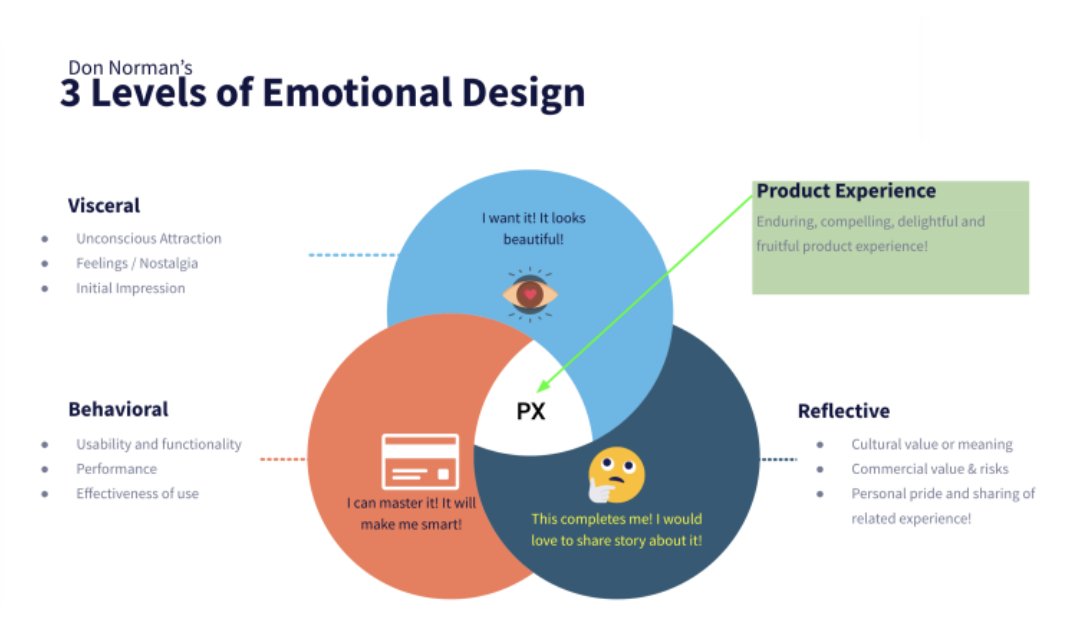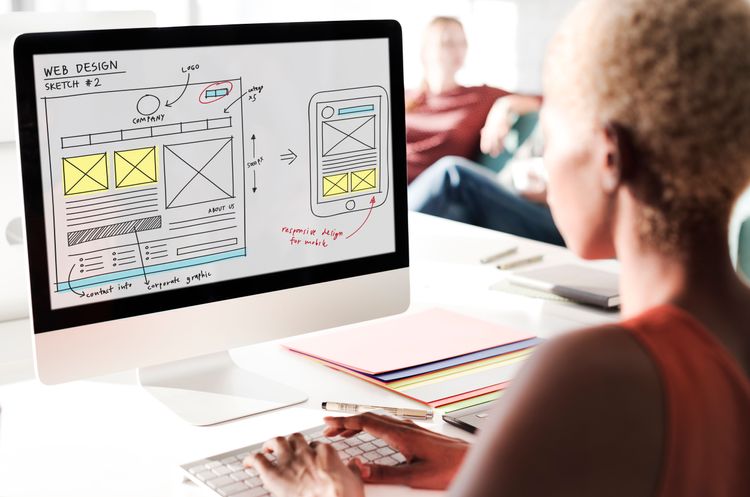Designing for Emotion in Web Development
Introduction to Emotional Design

Emotional design in web development aims to create digital experiences that resonate with users on a personal level, evoking specific emotional responses through visual and interactive elements. This approach acknowledges the profound impact of human emotions on the overall user experience and leverages these emotions to drive engagement and build deeper connections with users[11].
The Role of Emotional Design in UX

Incorporating emotional design into web development involves understanding users' emotional needs as much as their functional requirements. Emotional design is about making users feel good, which results in better user experiences and outcomes like increased engagement and satisfaction[1][3][8]. Emotionally connected users are more likely to be loyal and frequently return to a product, creating stronger brand relationships[8].
Key Principles and Strategies
Understanding User Psychology
To design emotionally resonant websites, it's crucial to understand user psychology. Every interaction with a web interface elicits emotional responses powered by users' past experiences, preferences, and immediate reactions[5]. Don Norman's three levels of design—visceral, behavioral, and reflective—offer a framework for understanding and applying emotional design[4][10]. Visceral design focuses on immediate, gut reactions; behavioral design ensures usability and functionality; and reflective design considers the personal impact and meaning of the product[4][10].
Visual and Interactive Elements

Color Psychology: Different colors evoke specific emotions. For instance, warm colors like red and orange can create a sense of urgency and excitement, whereas cool colors like blue and green provide calmness and tranquility[11][9]. Effective use of color can guide user behavior and emotional responses.
Typography: Typeface selection impacts readability and conveys the personality of the design. Serif fonts can evoke tradition and reliability, while sans serif fonts suggest modernity and simplicity[11]. Combining the right typography with the overall aesthetic enhances emotional engagement.
Imagery and Visual Storytelling: Images play a crucial role in connecting users emotionally with the content. High-quality, relevant visuals can tell a story and deepen user engagement by evoking emotions linked to familiarity and trust[11][9].
Micro-Interactions: These subtle animations or visual cues provide feedback to users, making interactions more delightful and intuitive[8]. Effective micro-interactions enhance usability and contribute to the overall emotional experience[2].
Layout and Composition: A well-structured layout ensures ease of use and a pleasant visual journey. The use of negative space (whitespace) helps focus user attention on important elements and makes the overall experience less cluttered and more enjoyable[9][11].
Case Studies and Examples

Several companies effectively apply emotional design principles:
Apple: Known for its sleek aesthetic and user-friendly products, Apple creates an emotional connection through design that emphasizes both functionality and luxury[3][8].
Slack: By integrating playful elements and approachable animations, Slack fosters a sense of excitement and fun in what could otherwise be a mundane experience[1][3].
Spotify: Features like personalized playlists and the annual 'Wrapped' feature create a sense of joy, nostalgia, and delight in users, strengthening their emotional bond with the platform[3][8][7].
Best Practices for Incorporating Emotional Design

Conduct User Research: Understanding your audience's needs, emotions, and behaviors is the cornerstone of emotional design. Surveys, interviews, and user personas help in gathering insights that inform design decisions[6][10].
Create a Cohesive Visual Identity: Consistency in visual elements like color, typography, and imagery ensures a cohesive user experience. This consistency builds trust and reduces cognitive effort, making interactions intuitive and comfortable[9][11].
Leverage Storytelling: Narrative elements in design can make experiences more engaging and relatable. Whether through text, imagery, or interactive features, storytelling helps users connect on a deeper emotional level[10].
Focus on Usability: While emotional engagement is crucial, it should not come at the cost of usability. Ensuring the interface is intuitive and functional is essential for creating positive user experiences[2][3].
Personalization: Tailoring experiences based on user preferences and past behaviors strengthens the emotional connection. Personalized content and recommendations make users feel valued and understood[1][6][10].
Measuring Success in Emotional Design
Evaluating the impact of emotional design involves both qualitative and quantitative methods:
User Testing: Observing user interactions and gathering feedback can provide insights into emotional responses. Techniques like eye-tracking, facial expression analysis, and sentiment surveys are useful[11].
Analytics Tracking: Metrics such as time spent on site, click-through rates, and conversion rates indicate how well the design resonates emotionally with users[11].
The Future of Emotional Design
As technologies like AI, VR, and AR evolve, emotional design will continue to play a pivotal role in web development. Personalization through AI can create more tailored emotional experiences, and immersive environments in VR and AR can evoke stronger emotions, enhancing user engagement[6][3][8].
Conclusion

Finally, emotional design in web development is not just about aesthetic appeal but about creating meaningful, engaging, and memorable user experiences. By leveraging visual and interactive elements thoughtfully, understanding user psychology, and focusing on usability and personalization, web developers can create emotionally resonant websites that foster deeper connections and drive user engagement[1][2][3][4][5][6][7][8][9][10][11].
Get more accurate answers with Super Pandi, upload files, personalized discovery feed, save searches and contribute to the PandiPedia.
Let's look at alternatives:
- Modify the query.
- Start a new thread.
- Remove sources (if manually added).